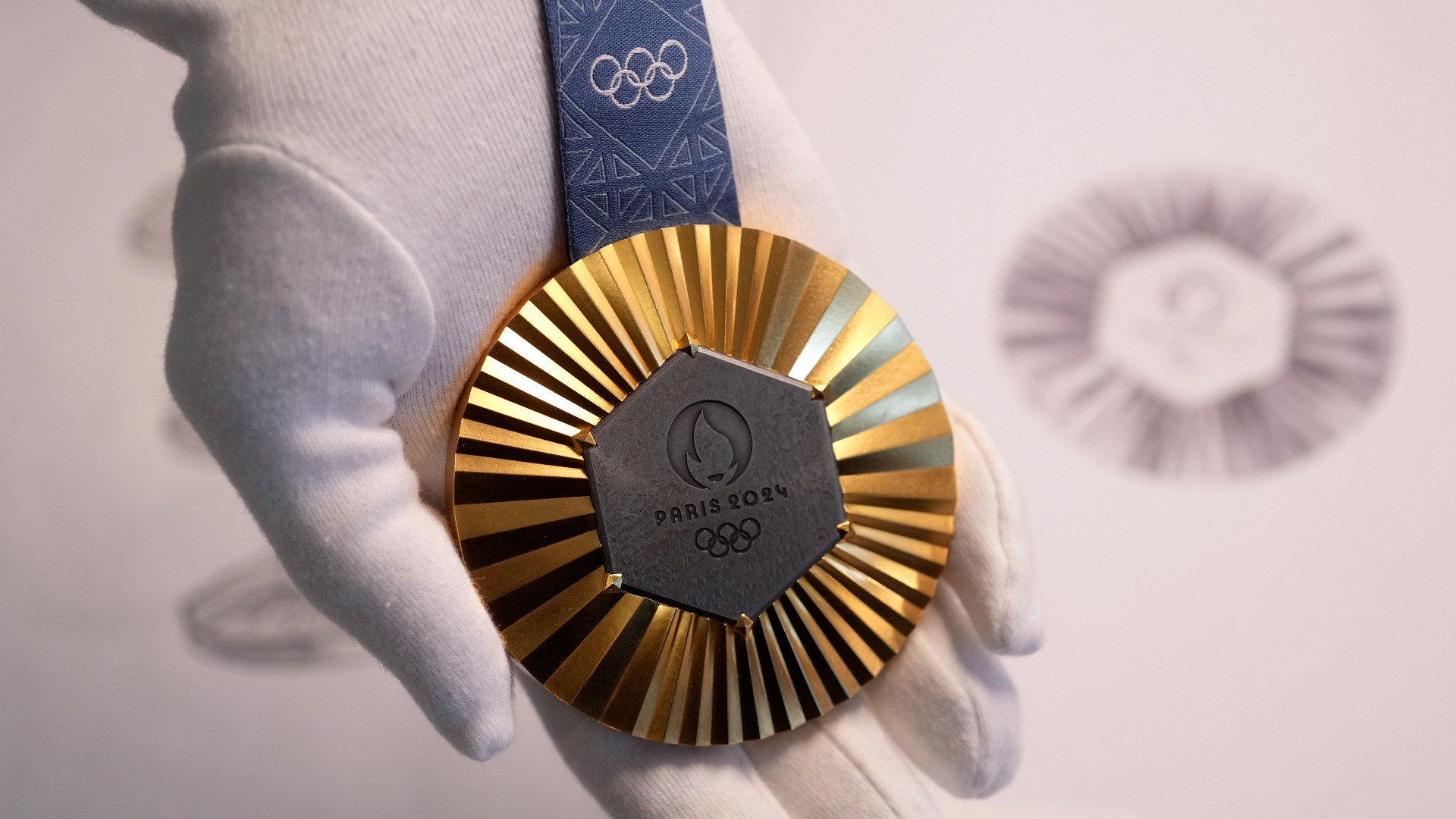SEATTLE — Alongside the iconic Olympic rings and dream-worthy gold medals, there's another iconic symbol at every Olympic Games — its mascot. The 2024 Olympic Games mascot is a notable French accessory, symbolizing freedom.
The Olympic Phryge is a red hat with big blue eyes, a happy smile and a cockade displaying the tricolored French flag of blue, white and red. To represent inclusivity and acceptance, the Paralympic Phryge has a prosthetic leg – the first time an Olympic Games mascot has had a disability.
“For us, it’s really immediately identifiable,” said Hélène Vilavella Collins, a French professor at the University of Washington and a French-American dual citizen. “So when the Olympic committee chose to make these plush little cute characters with it, it was an interesting choice, loaded with French spirit, pointing out our values, our motto.”
Phrygian caps, or “liberty” caps, were worn during the French Revolution in the late 1700s when French citizens changed the political landscape, rising up against King Louis XIV and his economic policies. People wore Phrygian caps to symbolize allegiance to the revolution.
“It had to do with a symbol of revolt, and a symbol of emancipation from the autocracy, the absolute monarchy, the old order that was being put to rest during the revolution,” she said.
Though the caps are a longtime symbol of freedom in France, they also have a global significance, according to Vilavella Collins, who was born in southern France and grew up in the suburbs of Paris.
The liberty caps were seen in the American Revolution and also worn by freed slaves in Rome. The item itself originated in Phrygia, now known as Turkey.
Vilavella Collins has been teaching French at the University of Washington since 1996. Each year, except for this summer, UW offers a study abroad program in Paris and Vilavella Collins teaches students the history of Paris.
According to the Olympic Games website, Phrygian caps can be found in every town hall and on everyday objects in France, like coins or stamps.
The red hats are not typically worn nowadays, but occasionally make an appearance in special ceremonies. Vilavella Collins said it is possible viewers may see authentic Phrygian caps worn during the 2024 Olympic Games opening or closing ceremonies.
As Paris was the theater of the French Revolution, Vilavella Collins said, Paris will now be the theater for the world's biggest sports competition — the Phrygian cap playing an important role in both historical events.
With this symbol, the Olympic committee "wanted to emphasize the notion of, the association of France with freedom, respect for freedom, aspiration to freedom and equality," Vilavella Collins said.
History of Olympic Games mascots
Olympic Games mascots date back to Grenoble in 1968, which features Shuss, a little man on skis created by Aline Lafargue. Historically, most mascots are animals or people, though the Paris Games are one of few instances where the mascot is an object.
The first non-animal mascot was Magique (Magic), a mythological sprite created for the 1976 Innsbruck Games. For the 2006 Turin Winter Games, the mascots were Neve, a snowball, and Gliz, an ice cube.
But sometimes, mascots can be neither human nor animal nor even object. “Whatizit,” or “Izzy” for short, was the mascot of the 1996 Atlanta Games and represents a product of information technology – a digital idea.
The Phryges add to the historical collection of spirited icons of the Olympic Games. Their motto this year is: “Alone we go faster, but together we go further,” according to the Olympics website.
Created by the Paris 2024 Design Team, the mascots were first revealed in November 2022.
“The Phrygian cap embodies the ability we all have together when we collectively decide to rise up and strive for better,” Julie Matikhine, the Paris organizing committee brand director, told the Associated Press in 2022.
The 2024 Paris Olympics are held July 26 through Aug. 11, and the Paralympic Games are held Aug. 28 through Sept. 8.

